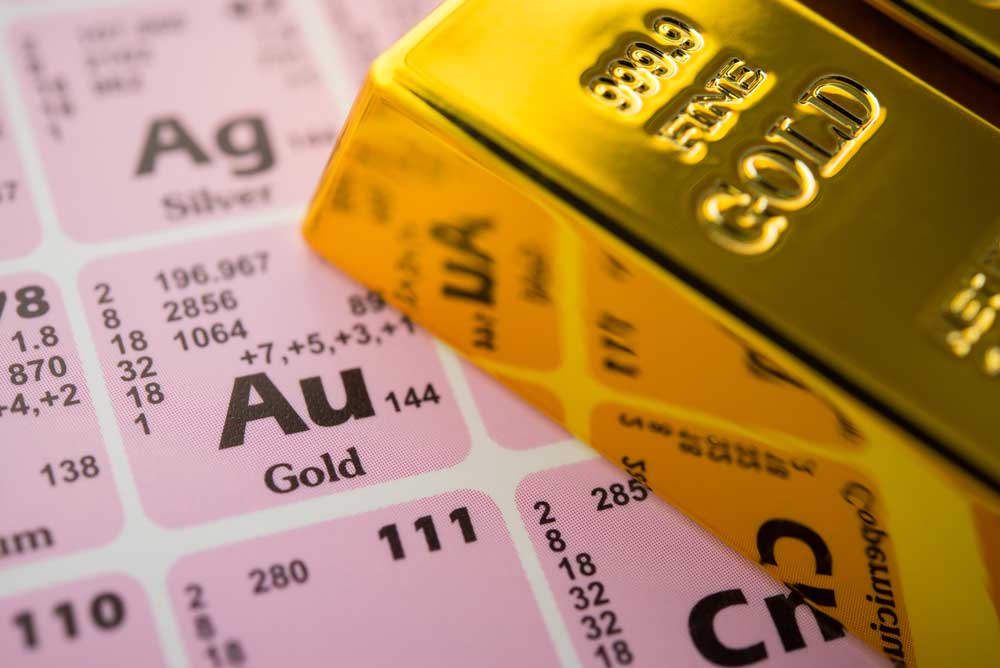On October 16, 2025, the price of gold shot past ₹1,28,395 per 10 grams in India just ahead of Dhanteras. The trend echoed globally, climbing to around US $4,250 per ounce, grabbing headlines worldwide. The metal remains at very elevated levels in India, while globally, there are year-to-date gains of almost 60 per cent. The bottom line is that gold is still at or near record highs, which means the value of what you already own has likely gone up significantly.
Why This Matters For Your Jewellery Box
If you own gold jewellery, especially pieces bought some years ago, two things are true. One, its metal value has risen because gold has surged globally and locally, so your jewellery has gained intrinsic worth. On the flip side, if you were thinking of buying new pieces, you’re now doing so at a higher entry cost than ever before. This dynamic means you might rethink how and when you buy, what pieces you prioritise, and how you balance investment and ornamental value.
How Jewellery-buying Habits May Shift
- More selective buying: With high gold prices, buyers may pause large purchases such as heavy bridal sets or long chains, and instead favour smaller accents, and lighter designs.
- Focus on purity: Some buyers may shift from 24 K to 22 K or even 18 K jewellery to reduce cost while keeping gold exposure.
- Increased interest in resale: As older pieces have appreciated, people may sell or remodel them to capture that value and upgrade to newer designs.
- Timing purchases around festivals/promotions: When prices are very high, consumers may delay, negotiate better making charges, or seek special offers during festivals.
- Diversification in form: People may favour gold coins, bars, or sovereign gold bonds instead of jewellery alone. This is because jewellery has high making and design cost, while coins or bars are more about pure gold value.

If you’re entering the market now, or upgrading what you own, here are some factors to consider:
Purity (carat or K): 24 K is 99.9 per cent pure gold, but in jewellery it may be too soft for daily wear. 22 K offers 91.6 per cent purity and is more common in India. 18 K or even 14 K may offer greater durability and lower cost.
Making charges and wastage: These are extra costs added by the jeweller for design, labour, and wastage. When the cost of gold is high, these extra charges become proportionally smaller. Always ask for a detailed breakdown that includes metal price, making, wastage and taxes.
Gold weight vs design: Heavy designs cost more both in terms of gold as well as making charges. With prices so high, a lighter, well-designed piece may offer better value per gram.
Hallmarking: Ensure the piece is hallmarked and ask for a purity certificate. The BIS hallmark is what you should look for in India. Check that the gold is the promised carat.
Price comparison: As a rule of thumb, the jewellery metal cost should roughly follow spot gold market prices, plus the appropriate premium. If a piece seems overpriced compared to spot plus making charges, negotiate. For example, if 24 K per gram is ₹13,300, and a jeweller charges ₹15,000 plus excessive making charges, you may be paying an unnecessarily high premium.
Resale value: If you plan to wear a piece frequently, consider durability. If you view the purchase partly as an investment, choose simpler, timeless designs with higher gold content and lower making cost, which may have better resale value.
Timing and strategy: Decide whether you’re buying the jewellery as an ornament or as an investment chunk of gold. For investment, coins or bars may make more sense. For jewellery, buy when you find a good offer.
Your jewellery box, if it has gold, is a bit richer right now. But that doesn’t automatically mean you can buy more immediately without thought. With gold at such highs, every gram counts. Use the moment of high prices as a chance to be disciplined rather than rushed.